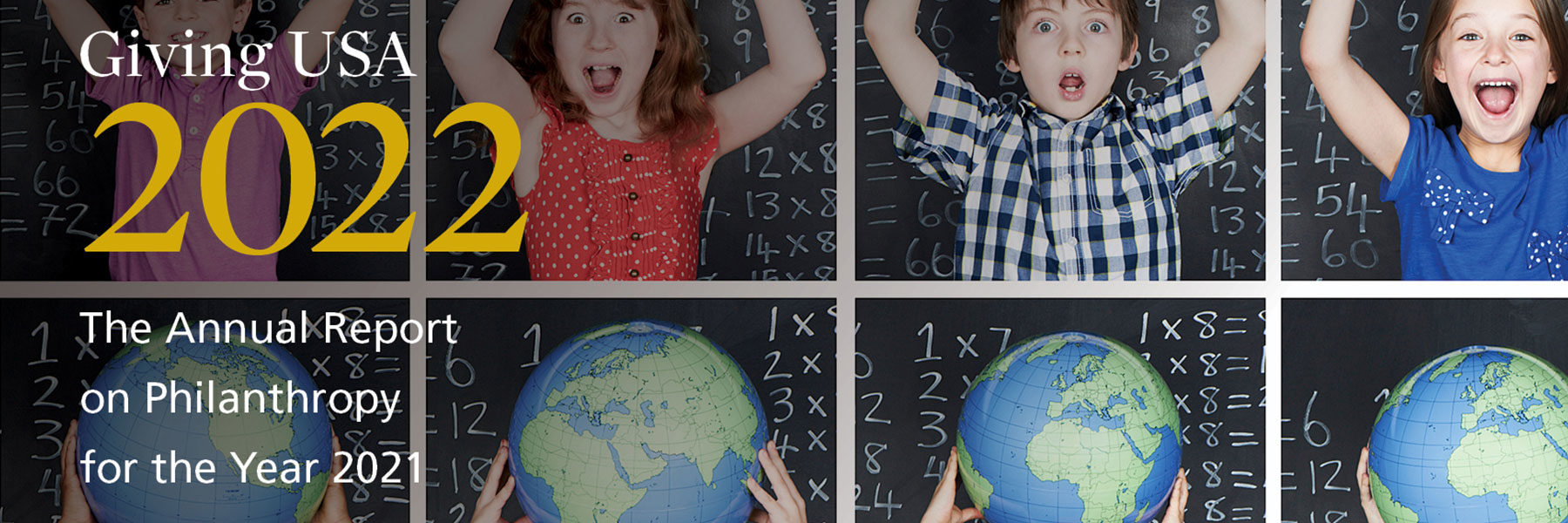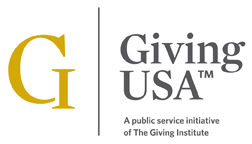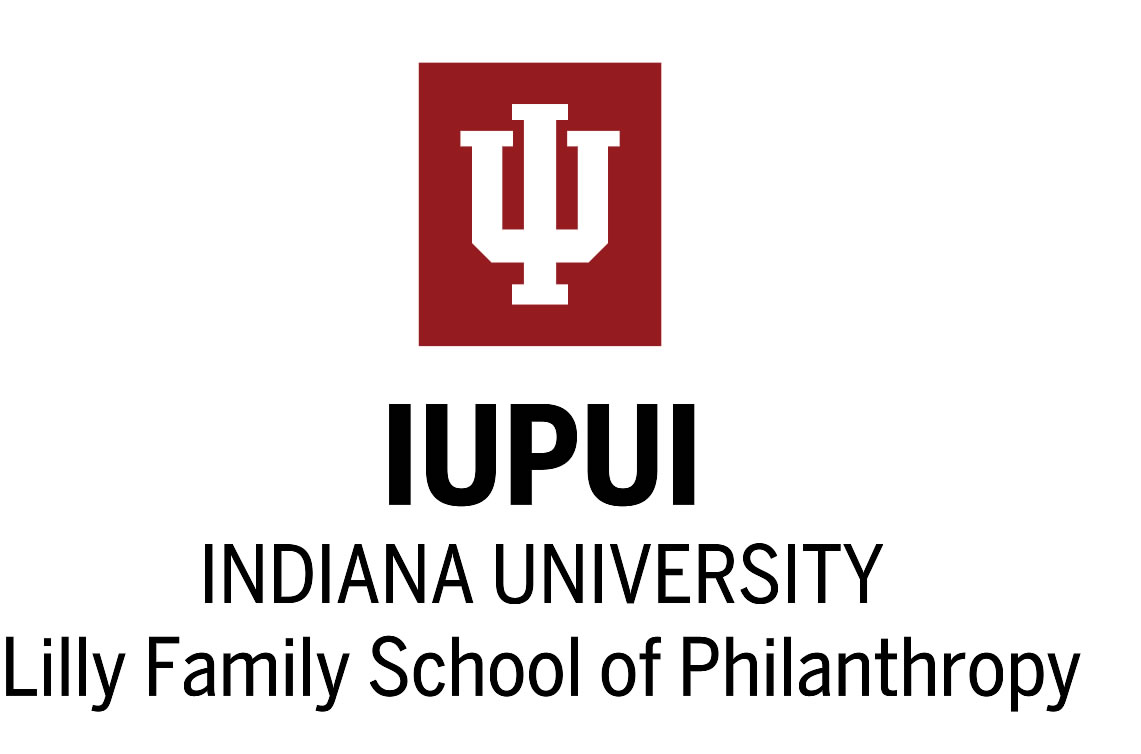Donors Returned to Pre-Pandemic Priorities with a Growth Mindset in 2021
In 2020, Americans found themselves in the middle of the COVID-19 pandemic, an economic recession, and social justice and political movements that rippled through the population. As 2020 ended, you may have wondered, “How will the charitable giving landscape change in 2021, and will the pandemic have lasting effects on donor behavior?” The answers to these questions were not black and white at the time, but the data in 2021 tells an interesting story on many different levels.
Charitable giving grew by 4 percent in 2021 and reset the height of the charitable giving bar to $484.85 billion. Although the COVID-19 pandemic continued to play a factor as racial and social justice events caused disruption in our society, the economy took the momentum that it gained in late 2020 and returned to a position of strength in 2021. Gross Domestic Product increased 10.1 percent, and the financial markets also showed significant strength, as clearly evidenced by the double-digit growth of the S&P 500, which is highly correlated to charitable giving.
There is another important economic factor to keep in mind as you review the data from 2021, and it continues to exist in 2022. Inflation must be taken into consideration as it reached a 40-year high in 2021 and continues to test the financial stability of nonprofit organizations that have managed to survive the pandemic. This year’s report provides readers with both the actual dollars that were contributed along with inflation-adjusted totals to paint a more accurate picture of reality. The take-away message for 2021 is that overall charitable giving was very strong, supported by strong financial markets and a growing economy, but inflation may play a growing role in philanthropic decision-marking in the American household.
BWF is excited to share the key findings from this year’s Giving USA: The Annual Report on Philanthropy. Presented by the research team at the Indiana University Lilly Family School of Philanthropy and the fundraising professionals at Giving USA Foundation, the Giving USA report is the longest-running, most extensive report on philanthropy in the United States. BWF is proud to be a member of The Giving Institute.
Key Findings from the Report:
In our review of the latest report, there are the findings that stood out:
- The total estimated charitable giving in the United States reached $484.85 billion, which demonstrated a growth of 4 percent between 2020 and 2021. When adjusted for inflation, this showed the change to be -.7 percent or remaining fairly flat in terms of overall growth.
- Giving by corporations showed the greatest increase as it grew by 23.8 percent (18.3 percent inflation). In contrast, giving by both individuals and foundations showed minimal to no significant growth, and giving by bequest declined.
- Giving by individuals rose 4.9 percent (remained flat at .2 percent per inflation).
- Giving by foundations rose 3.4 percent (decline of 1.2 percent per inflation).
- Giving by bequest declined 7.3 percent (or 11.4 percent per inflation).
- Five of the subsectors saw true growth in giving even when factoring in inflation. Three remained relatively flat in giving or showed minor growth, and one subsector declined in growth compared to 2021.
- Top giving subsectors included arts, culture, and humanities, which showed a major rebounding increase of 27.5 percent (21.8 percent per inflation), public-society benefit with a growth of 23.5 percent (17.9 percent per inflation), and environmental and animal with 11 percent growth (6.1 percent per inflation).
- Additionally, giving to foundations (growth of 9.3 percent, 4.4 percent per inflation), health (growth of 7.7 percent, 2.9 percent per inflation), and religion (growth of 5.4 percent, .7 percent per inflation) all showed increases.
- Both human services (2.2 percent, -2.4 percent per inflation) and giving to individuals (growth of 1.8 percent, -2.7 percent per inflation) showed mixed growth results with the inflation adjustments.
- Giving to international affairs stayed level with 2020 at a zero-growth percentage (-4.5 percent per inflation).
- The education sector demonstrated a small decline of 2.8 percent, or 7.2 percent per inflation.
Implications and Impact
Evaluating the findings led us to the following overarching insights:
Courting the HNWI Donor Will Continue to be Important
Individuals continue to comprise the lion’s share of the charitable giving pie, making up 67 percent of all charitable donations. This is not a new phenomenon, but nonprofits have seen some interesting growing trends in the industry over the past decade and must adjust their fundraising strategies accordingly.
There is a heavy concentration of wealth among a small percentage of individuals in the United States, and these High Net Worth Individuals (HNWI) are responsible for a significant portion of total individual giving. In 2021, MacKenzie Scott and Dan Jewett gave a combined total of $2 billion dollars, and gifts from donors like them continue to be game-changing events for universities and nonprofit recipients. In an environment where wealth inequality is increasing and a small number of donors are making larger gifts, there are strategic fundraising decisions that university foundations and nonprofit organizations will have to make if they intend to maximize their effectiveness.
There needs to be a laser focus on the top of the donor pyramid and dedicated resources to support a major gifts and principal gifts program. A centralized department such as an office of principal or leadership gifts that works directly with organizational leadership and coordinates donor strategies and all the players involved to raise private gift support will keep activity at the top of the pyramid running like a well-oiled machine.
Giving by HNWI is becoming much more diversified these days. Sophisticated donors are shifting their giving into different vehicles, and successful fundraising offices will need to be able speak a more technical language and be able to accept gifts that may have seemed out of the traditional norm. The use of cryptocurrency, donor advised funds (DAF), and gifts of companies in the form of pre-exit commitments are on the near-term horizon if they haven’t already shown up on your doorstep.
A Unique Selling Proposition is More Important Now Than Ever
Competition in the philanthropic marketplace is only increasing, causing a very crowded fundraising landscape. Organizations must ask themselves, “What is our unique funding proposition and how can we appeal to a broader audience?” Many of our traditional donors give out of loyalty, but many of the younger generation of donors want to support causes that will make a significant difference on our planet. The idea of shifting one’s mindset to cause-related donor acquisition and developing a case for support and programs that attract cause-related philanthropic investment needs to be a priority to attract prospects outside your traditional donor pool who are motivated by the issue and not the organization.
While a focus on seven- and eight-figure prospective donors is paramount to winning campaigns and building endowments, a diversified approach to raising all types of gift support is necessary to ensure that your organization will have a healthy financial future. Over the past two years, there has been positive growth in all four giving sources (individuals, foundations, corporations, and bequests).
Corporate Giving Priorities are Narrowing to Defined Programs and Goals
Many of the corporate sub-sectors that were affected by the pandemic experienced some level of recovery in 2021 that helped to contribute to a rise in overall pre-tax profits by 37.4 percent, thereby creating more philanthropic dollars to be given away by corporations. Diversity, equity, inclusion, and justice (DEIJ) issues continue to be a corporate giving priority and will most likely continue to be in the future. Therefore, DEIJ initiatives and programs need to have a strong presence within an organization’s giving offerings.
Online Giving Shows No Signs of Slowing
It was commonly thought that online donations would fall back to normal levels following the pandemic, but this simply wasn’t the case in 2021. Online giving grew by nearly 10 percent and represents 12 percent of all giving in 2021. Having a strong digital presence focused on mid-level donors and the base of the pyramid has never been more important in donor acquisition, retention, and engagement. As traditional phone programs are becoming a thing of the past, forward-thinking organizations are developing donor engagement centers that are dedicated to lead generation, warming of the base, donor journeys, and discovery outreach that will build the pipeline of the future through digital personalization at scale. An overall engagement strategy that incorporates 1:1 email, text messaging, and personalized videos are now tools that should be used alongside a call center.
Slow in Bequest Giving Doesn’t Lower Channel Importance
A quick glance at the data might cause some concerns about gifts in the form of bequests. Are individuals not giving through their estate plans via the traditional bequest? There is no need for concern. 2020 was a record-breaking year for bequest giving, and the year-over-year snapshot is somewhat misleading. Obviously, a robust planned giving or gift planning strategy is important for any development office, especially since the use of unusual assets and different giving vehicles such as DAFs are becoming more commonplace.
Donors Have Rebalanced Their Giving Priorities
As you review the data associated with the philanthropic sub-sectors, you may get the sense that donors seem to be shifting their philanthropic support back to their pre-pandemic priorities. The numbers would validate this assumption. Religious organizations received the largest share of charitable dollars in 2021, and education received the second largest, combining for 41 percent of the total giving pie, or over $200 billion in private gift support. Giving to public and private universities continues to be exceptionally strong, and there have never been more multiyear, billion-dollar campaigns being conducted by public and private universities in our history.
Due to the return to in-person activities, coupled with a strong stock market, giving to the arts, culture, and humanities grew significantly by 27 percent, and giving to health grew by 7 percent. The environment, public society benefit organizations, and foundations have also rebounded and realized double digit growth in 2021. The significant philanthropic support that these organizations received last year would suggest that donors have rebalanced their giving priorities back to a pre-pandemic state. This theory is even more fully supported when you consider that organizations in the international affairs and human service spaces reached record highs in 2020 due to the spotlight that was placed on international geopolitical unrest and the pandemic, respectively. Both international affairs and human service organizations experienced only moderate growth in 2021 after setting such a high bar in 2020.
Looking Ahead
Overall, as evidenced by another record-setting year, philanthropy is very strong in the United States and plays a significant role in solving the issues and problems in today’s society. The adaptability and resiliency of our donors should bring optimism to all of us working in the philanthropic sector.







